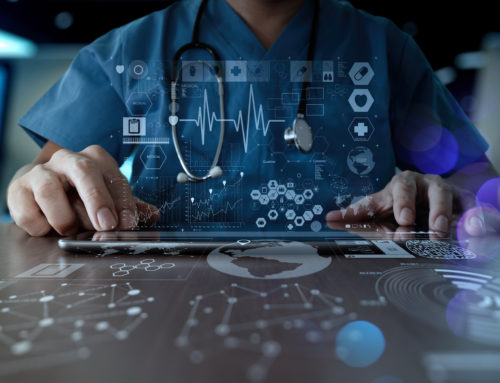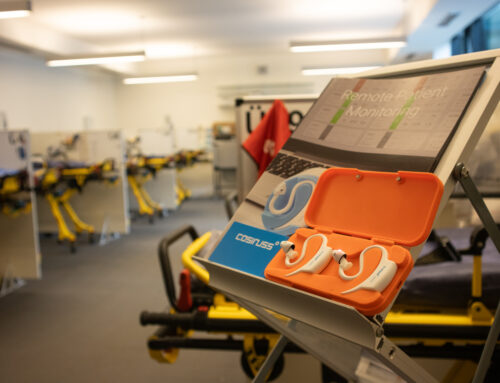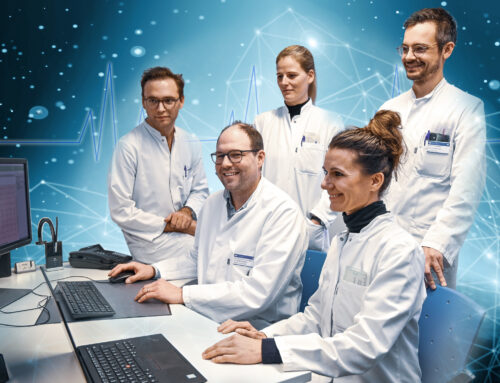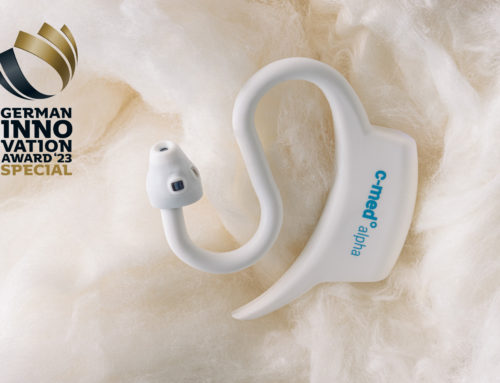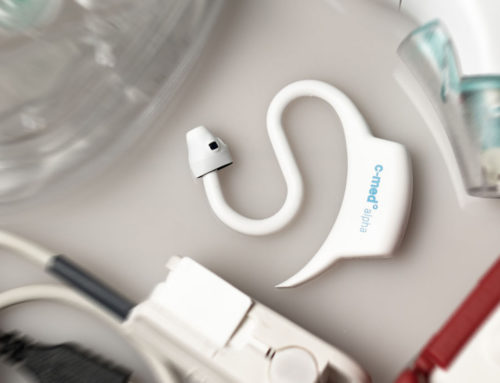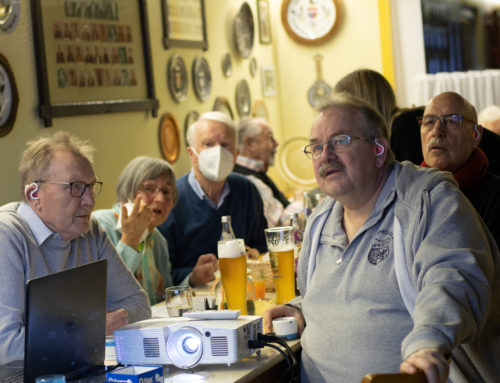[no_toc]
Innovation concept for COVID-19: Taking care of the patients who are in need.
This project indirectly receives funding from the European Union’s Horizon 2020 research and innovation programme under project INNO4COV-19. cosinuss° aims to implement the solution presented here by August 2022.
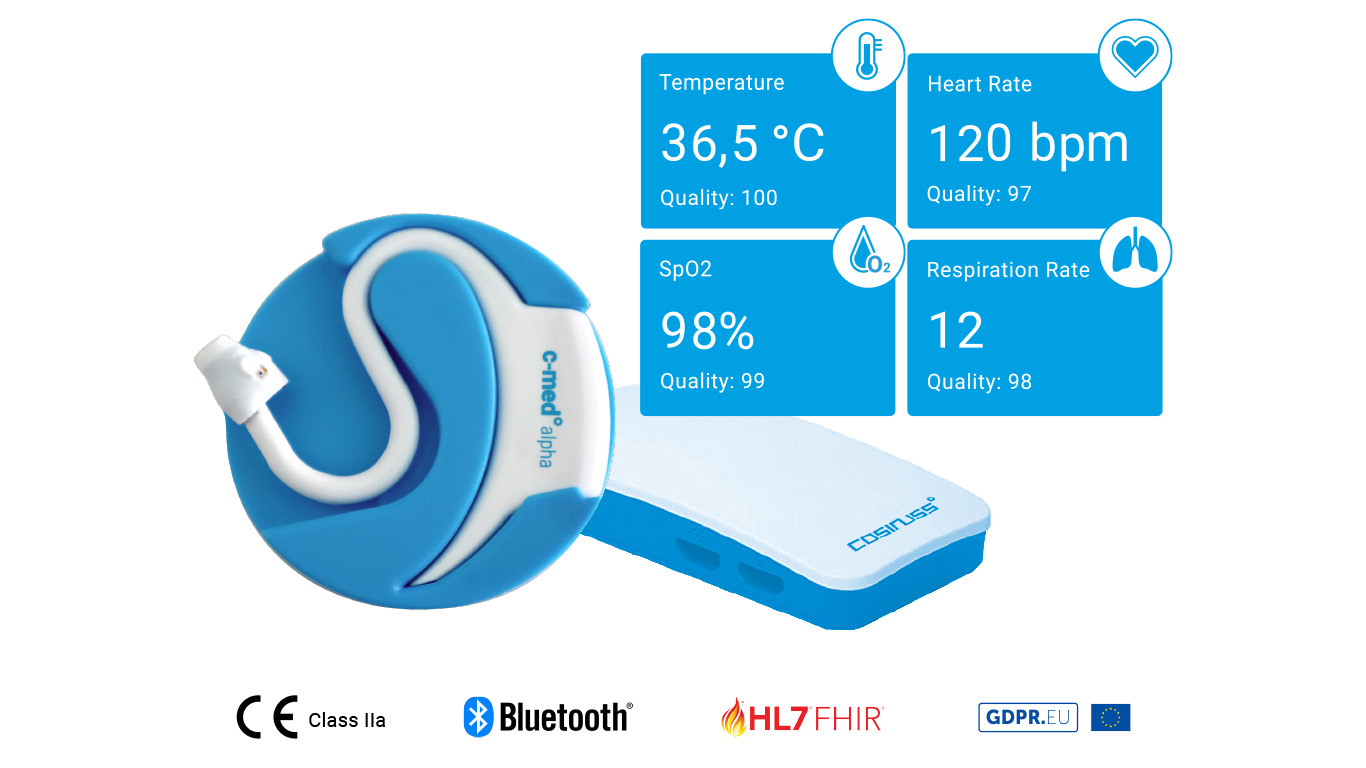
Issue:
Reliable all-in-one monitoring for COVID-19 infected people in home isolation is not available.
The healthcare system is facing several challenges during the Corona pandemic:
- No access to COVID-19 infected people in home isolation.
- Patients are suffering the disease without any medical observation or guidance.
- Hospitalizations are triggered too late by sudden emergencies leading to deaths, that could have been prevented1.
- Current technical solutions are either missing at least one vital parameter or lack medical accuracy and reliability.
- Many current technologies do not solve the problem of secure and efficient data transmission from the patient to the healthcare provider.
Envisioned Solution:
Data you can trust – cosinuss° vital signs sensor technology empowering remote patient monitoring (RPM)
The solution simplifies RPM to a maximum with wearing only a single wireless medical in-ear device (c-med° alpha) that is continuously measuring:

- Core Body Temperature
- Heart Rate
- Blood Oxygen Saturation (SpO2)
- Respiration Rate
With cosinuss°, the healthcare system can access all patients at home simultaneously and automatically address those in need of care.
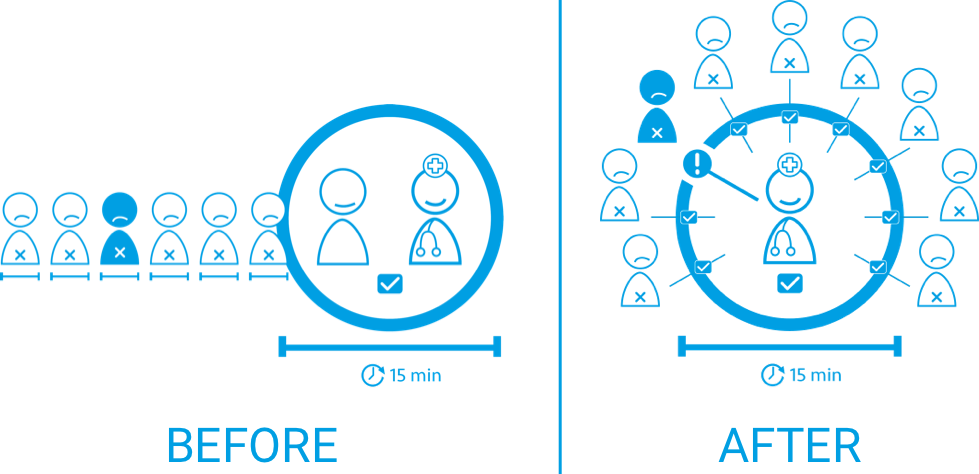
Fig. 1: Today, healthcare has only access to one patient at a time who needs to go to the hospital. With cosinuss°, the healthcare system can access all patients at home simultaneously and automatically address those in need of care.
- Avoid critical situations and death with early intervention.
- Include patients in home isolation into health assessment processes.
- Parallelize health assessment in order to pick out the patients in urgent need.
- Proactively manage hospitalizations.
- Intervene early when the health of a patient is deteriorating.
How it works
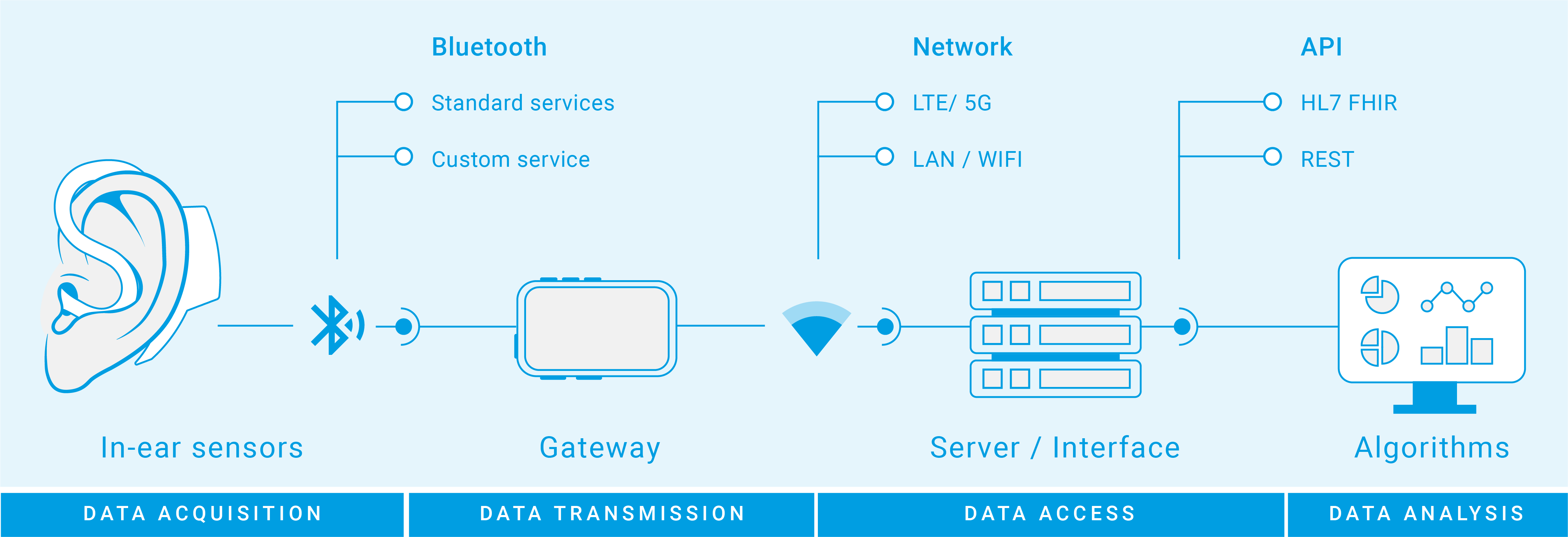
Fig. 2: Solution overview on remote patient monitoring (RPM) with the provided devices (c-med° alpha, Gateway) and the standardized interfaces of Bluetooth (standard, custom) Networking (LTE/5G, Wi-Fi) and APIs (REST, HL7 FHIR) accessible from existing healthcare IT-infrastructures.
Every patient in home isolation is equipped with a mobile in-ear measuring sensor (c-med° alpha), which generates continuous data streams of the key vital signs.
These biosignals are received via Bluetooth through a tiny mobile data-transmitting device (Gateway) provided together with the sensor. This Gateway bridges the gap between the patient’s sensor at home and the hospital servers by streaming the data (via mobile network or Wi-Fi) continuously.
The current health condition from all patients converges at the hospital’s monitoring center and is automatically documented. This is resulting in evidence based decisions on COVID-19 hospitalization and treatment.
The key components
c-med° alpha sensor
Wireless all-in-one measurement device: core body temperature, heart rate, SpO2, respiration rate.
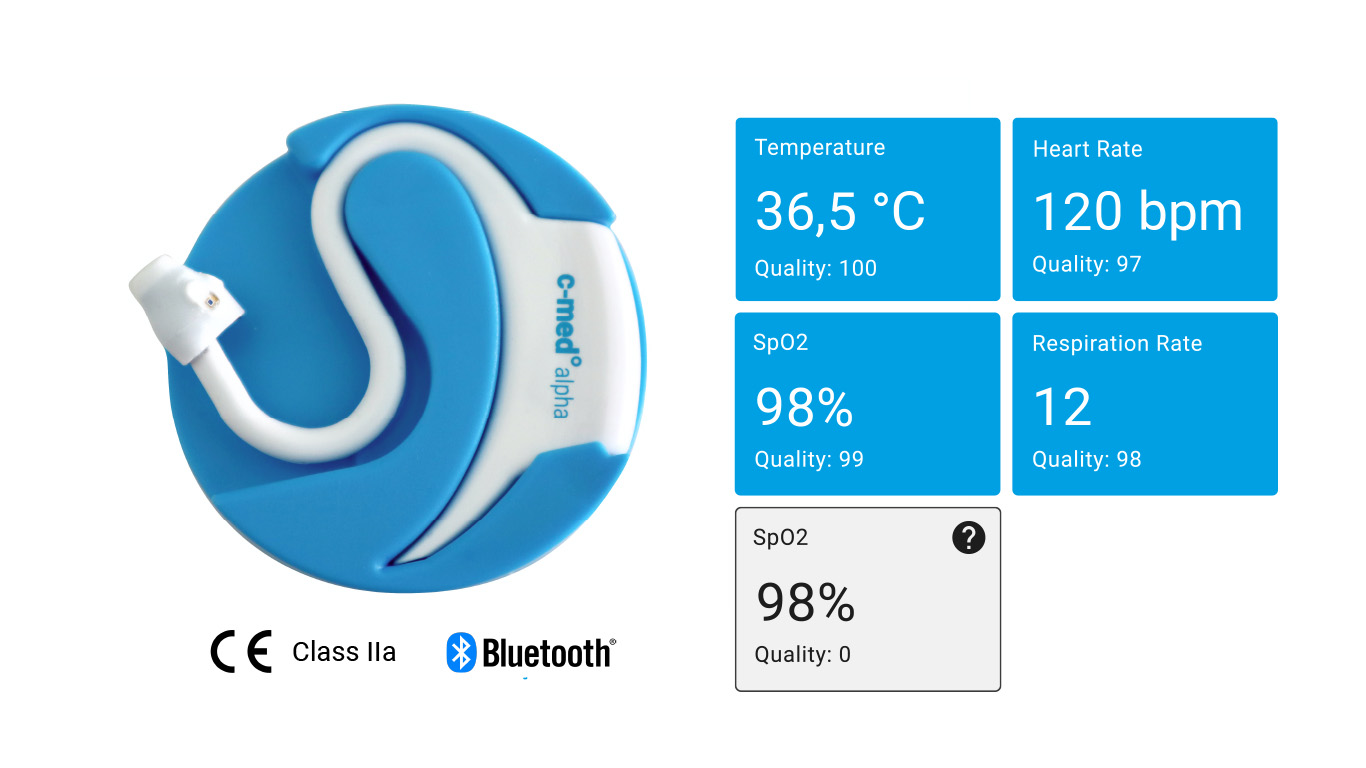
Fig. 3: Product-Photography of the first c-med° alpha pre-serial production (left) and visual representation of the display of key vital signs and quality rating (right).
- Quality ratings on all vital signs
- Edge computing leading to low-profile data streaming
- Customizable data acquisition in sampling and transmission
- Certified medical device: Class IIa
- Operational 24/7: Long battery runtime and short charging time
- Wearable 24/7: Small and lightweight with ergonomic design
- High user acceptance being worn like a conventional ear bud
- Device firmware updates make the device future-proof
- Stand-alone integration possibility
Mobile Gateway
Wireless data-receiver-transmitter device provided together with the in-ear sensor.
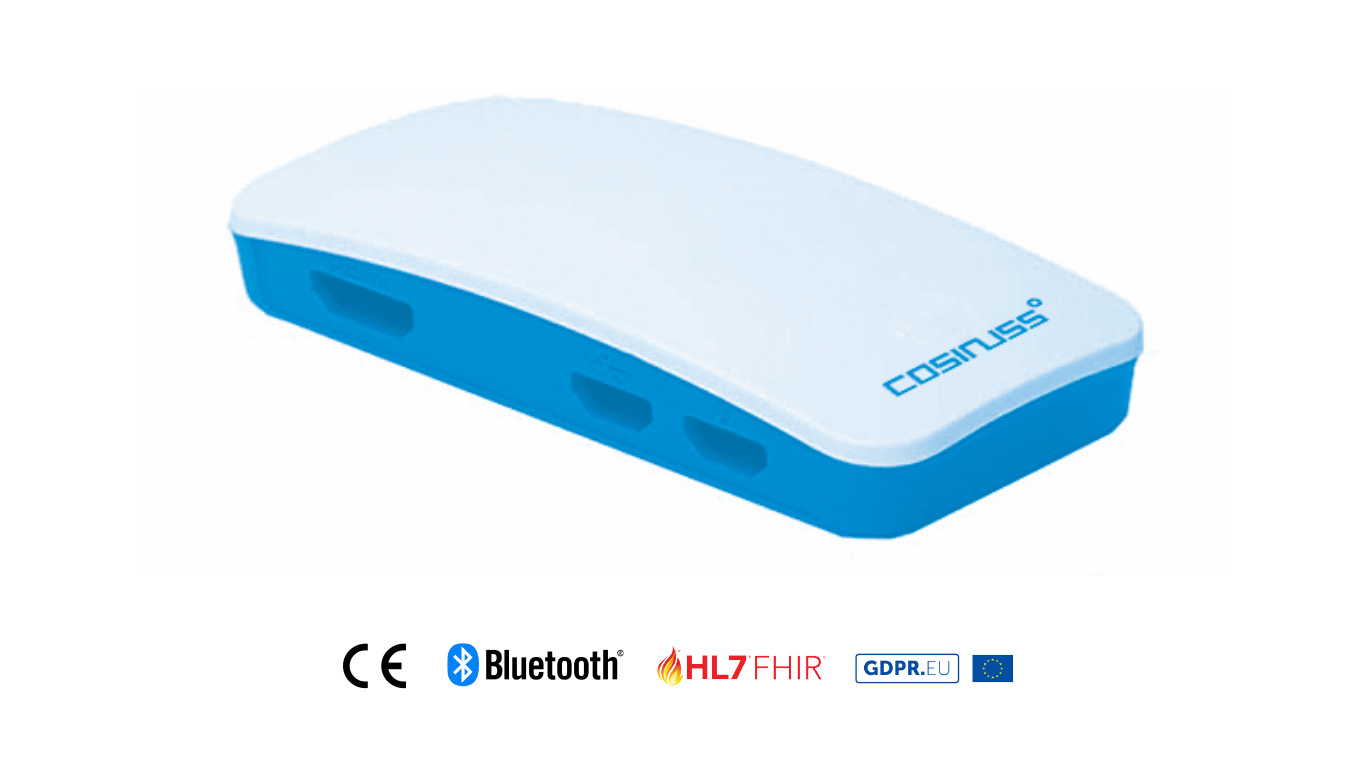
Fig. 4: Product-Rendering of the cosinuss° Gateway in new housing and branding of key functionalities
- Long-range autonomous data transmission with low latency from patient to healthcare
- High ease of Integration using standard interfaces in medical industry: HL7 FHIR, REST-API
- Minimal user interaction required
- Operational 24/7: Long battery runtime and short charging time
- Wearable 24/7: Small and lightweight
- Continuous and secure data streaming
Quality indicators for each vital sign
Each data point has its own quality score (BTQ, HRQ, SpO2Q, RRQ), so that medical staff can classify the vital signs measurements as trustworthy even without direct patient contact.
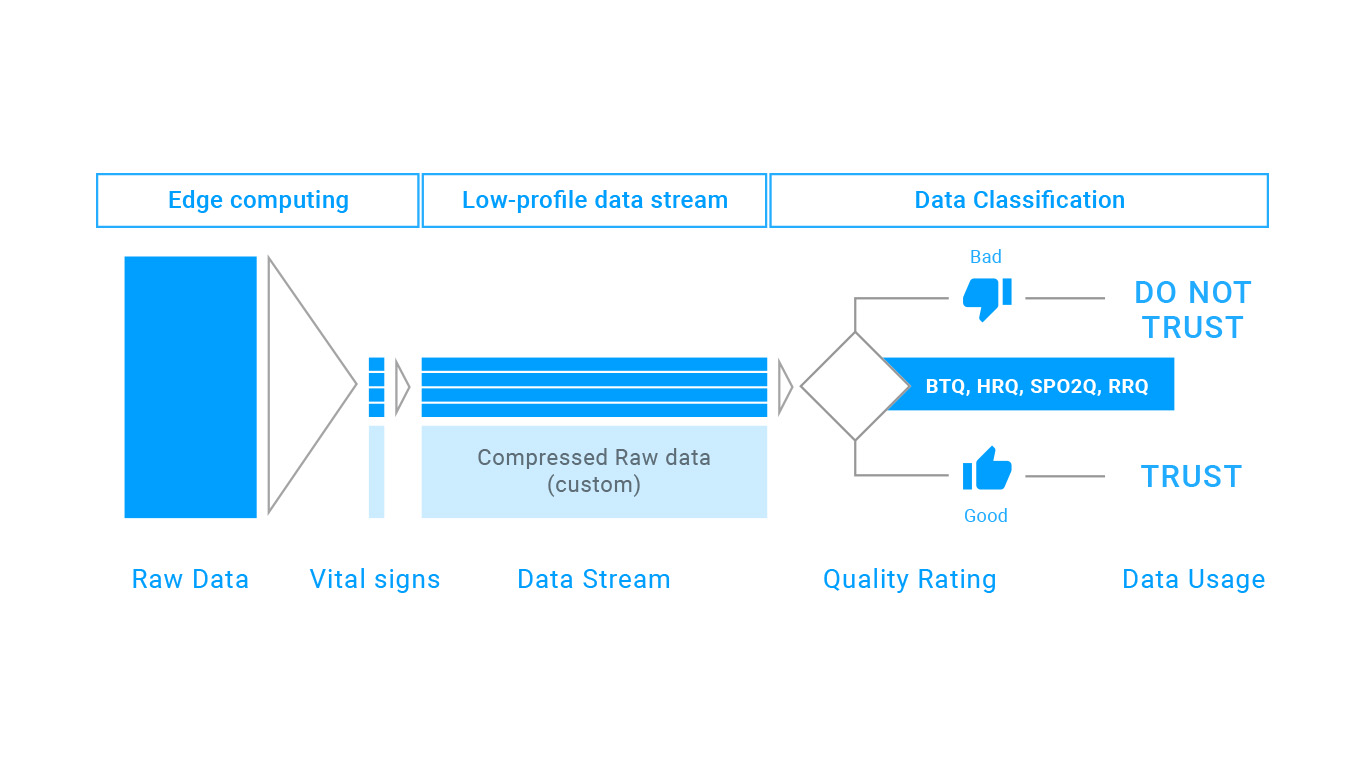
Fig. 5: The sensor acquires raw data from inside the ear and processes it to a final calculation of vitals signs onboard (edge computing). This data is creating a continuous mobile datastream with low-profile. A custom data stream of raw data is possible, too. At monitoring sites the data can be classified as trustworthy or not due to quality indicators (BTQ, HRQ, SpO2Q, RRQ).
Efficient data acquisition in RPM
Scaling up a continuous 24/7 observance of thousands of patients the c-med° alpha outputs completely pre-calculated data without loss (edge computing). Healthcare data-hosting servers and communication networks are therefore relieved from unnecessary load of traffic.
Secure Data Transmission and Access
In compliance with the GDPR all health data processed by cosinuss° appears pseudonymized and end-to-end encrypted – only the healthcare authority with legitimate authorization is able to identify a patient in person.
Seamless Integration
With pre-built interface standards (HL7 FHIR) used in the medical industry this system can be up and running within 30 days while patients immediately benefit from a streamlined and consistent experience. Integrated into electronic health records of telemedicine and contact centers – the most robust and defensible clinical RPM is brought to life.
Project Deliverables:
Status quo and planned results
Demonstration in relevant environment
Within the framework of several first-in-class studies, the cosinuss° vital sign sensor technology is already in use at the University Hospital rechts der Isar, Munich, as well as at several other university hospitals across Europe to monitor COVID-19 patients in home isolation as well as throughout their hospital stay.
The feedback from the studies on the sensor technology was directly implemented in new prototypes so that approval of the sensor technology and the final validation studies were nearing completion at the start of the project (TRL 6-7).

Fig. 6: Selection of institutions supporting cosinuss° in demonstration of its technology in operational environment
From TRL 6-7 to TRL 9 of the enabling sensor technology
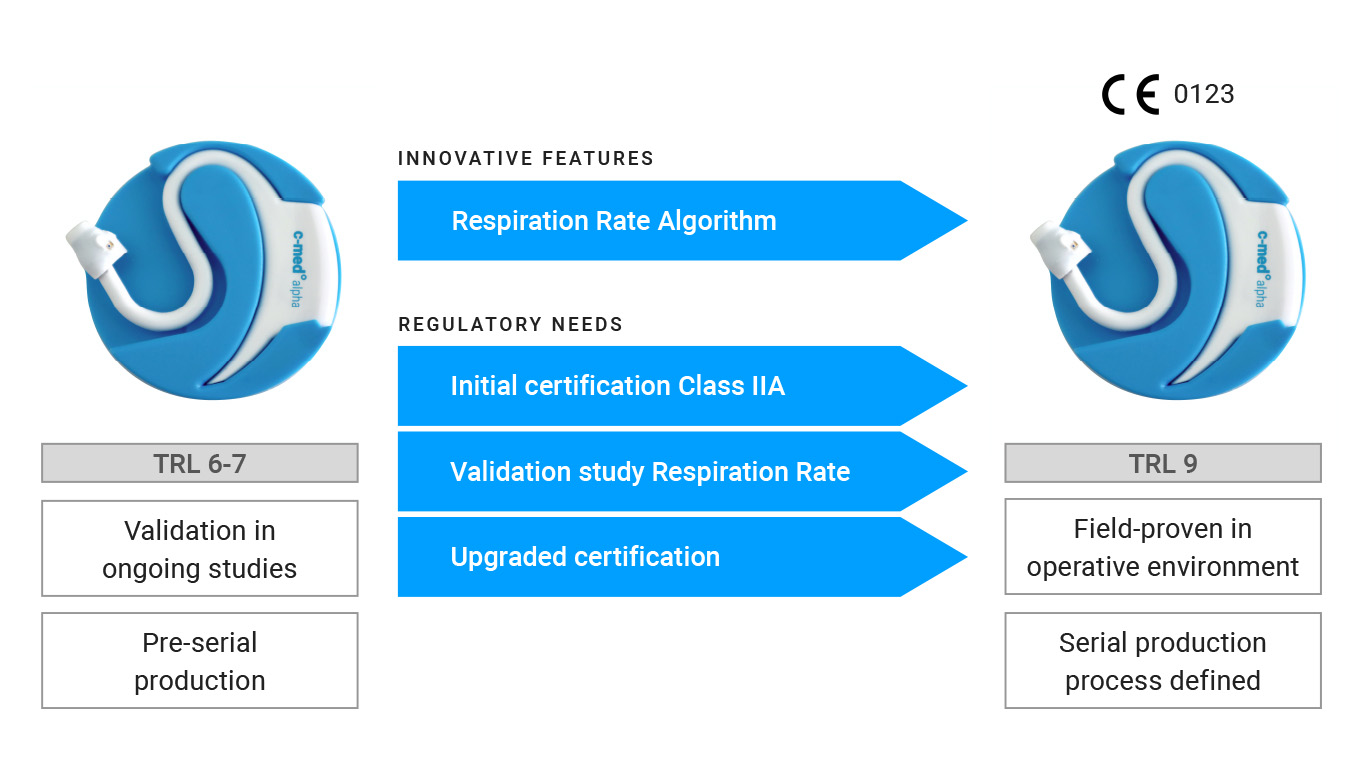
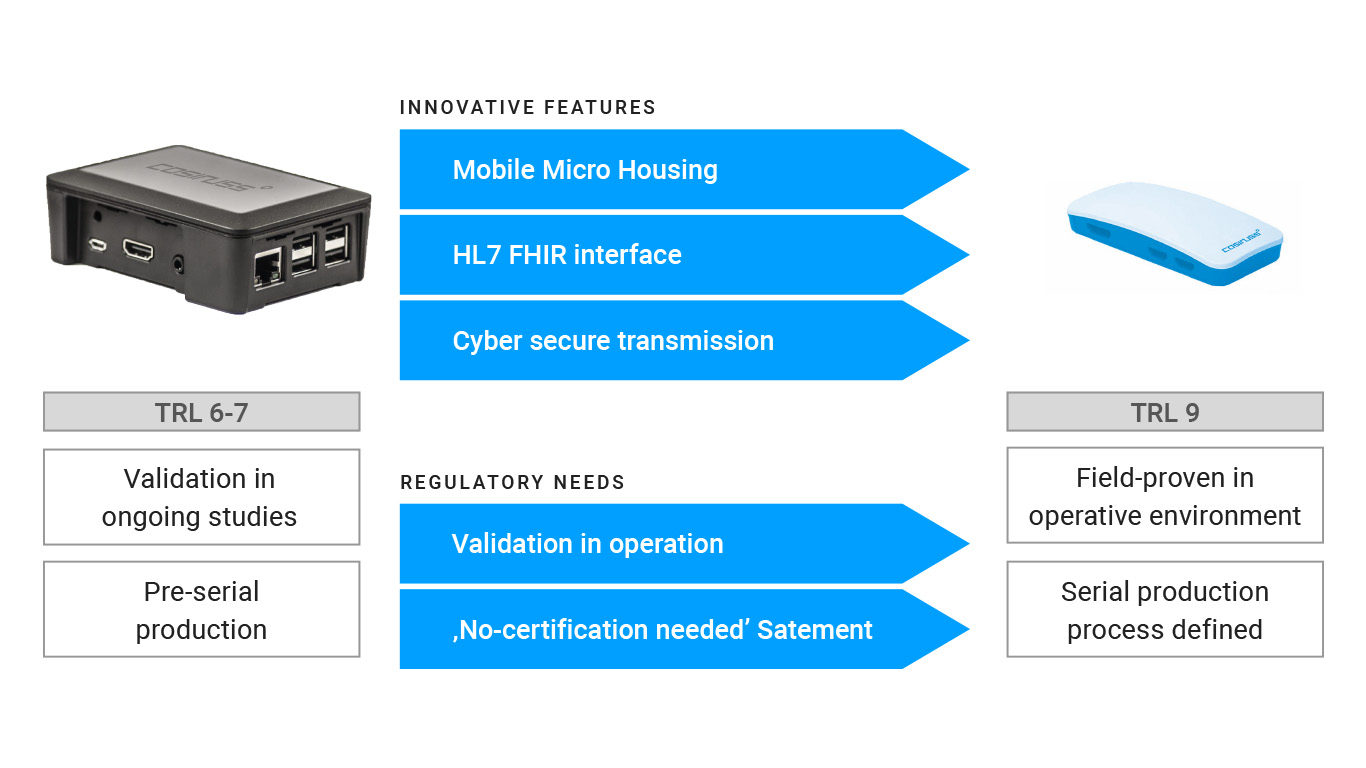
INNO4COV-19 impact
- Now healthcare has real-time access to thousands of COVID-19 infected people in home isolation turning them into patients that are offered guidance and medical care.
- Hospitalizations will be proactively targeted to patients in need.
- Automated data collection enables healthcare providers to make evidence based decisions and reduces time and staff needed to document a patient’s health status in an unprecedented level of detail. Vaccine and treatment research to combat COVID-19 will benefit from high quality raw data.
At the bottom line patient care capacity will increase without adding more staff – resulting in lower cost together with higher quality care. A solution that is here to stay.
Due to the extraordinary urgency seen during the COVID-19 pandemic, cosinuss° is now striving to standardize and medically certify the technology to provide a market-ready solution meeting the growing demands for patient access as the new standard for digital healthcare.

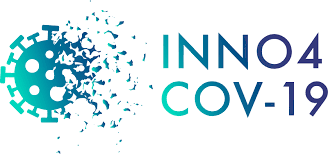
This project has indirectly received funding from the European Union’s Horizon 2020 research and innovation programme under project INNO4COV-19 (grant agreement No 101016203)
Quellen / References
- Klinikum rechts der Isar. Über die Telecovid-Studie. (2020). https://www.telecovid.de/ueber-die-studie/ (Accessed 27.04.2021)
